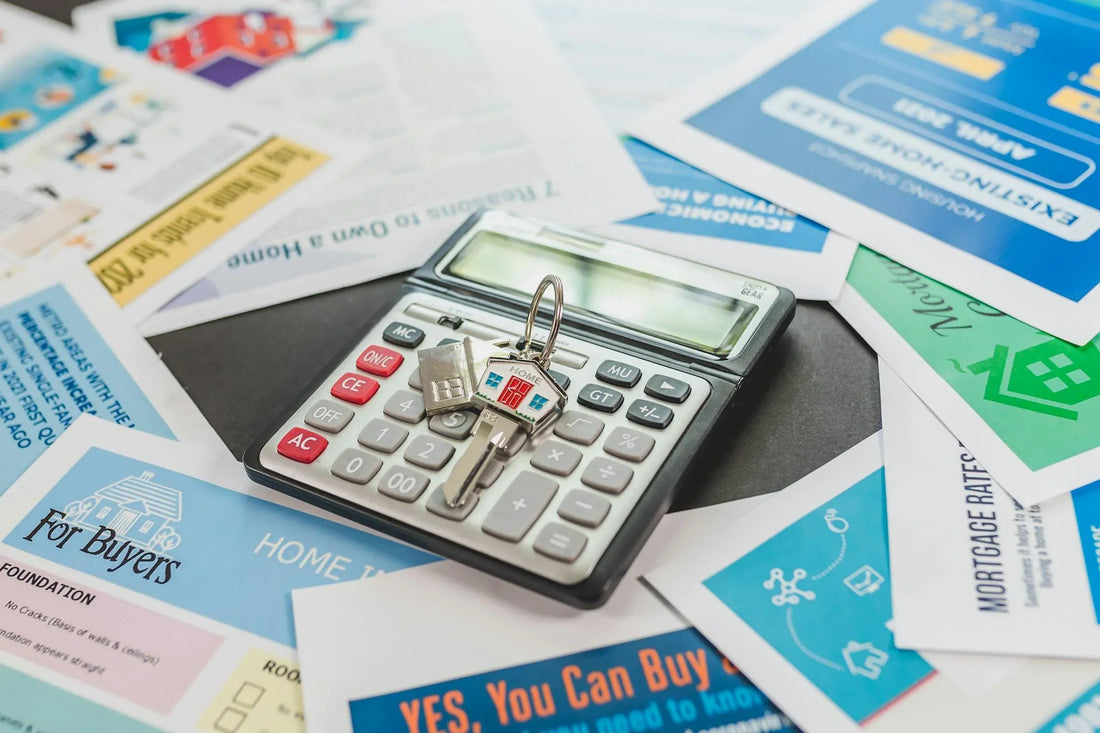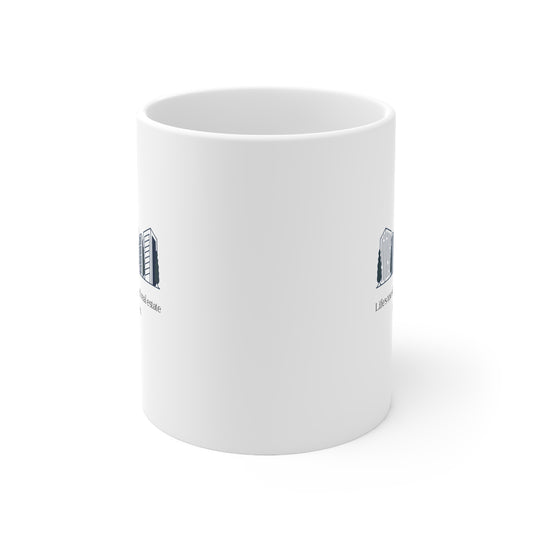
How to Analyze a Residential Property for Investment: Calculating Cash Flow
When it comes to real estate investing, understanding how to analyze a residential property’s cash flow is one of the most important steps in making a smart financial decision. Whether you’re a first-time investor or expanding your real estate portfolio, knowing how to accurately estimate cash flow can make or break your return on investment (ROI).
In this post, We'll break down the basics of calculating cash flow for rental properties, along with key terms and formulas every real estate investor should know.
What Is Cash Flow in Real Estate?
Cash flow is the net income you earn from a rental property after all expenses are paid. It’s a critical metric used to evaluate the profitability of a real estate investment.
Formula:
Monthly Cash Flow = Rental Income – Operating Expenses – Mortgage Payment
A property with positive cash flow means you’re earning more than you’re spending, exactly what you want as an investor. A negative cash flow means you’re losing money each month, which could be a red flag unless there’s a solid appreciation or value-add strategy in place.
Step-by-Step Guide to Calculating Cash Flow
Here’s how to analyze a residential rental property and calculate the cash flow:
1. Estimate Your Gross Rental Income
Start with the monthly rental income you expect to earn. If the property is already rented, use the current lease amount. If it’s vacant, research comparable rental properties in the neighborhood (a CMA or rental market analysis can help).
Pro tip: Don’t forget to factor in vacancy. A common rule is to assume a 5-8% vacancy rate annually.
2. List All Operating Expenses
Common monthly operating expenses include:
• Property taxes
• Insurance
• Property management fees
• Repairs and maintenance
• HOA fees (if applicable)
• Utilities (if paid by the landlord)
• Accounting or legal fees
• Leasing/advertising costs
Add all recurring monthly expenses together for your total operating expenses.
3. Include Your Mortgage Payment
Suppose you’re financing the property; factor in your principal and interest payment. You can use a mortgage calculator to get this number based on your loan amount, interest rate, and loan term.
4. Calculate Net Cash Flow
Now use the cash flow formula:
Monthly Cash Flow =
Gross Rental Income – Operating Expenses – Mortgage Payment
Example of a Cash Flow Calculation
Let’s say you’re looking at a single-family rental property with:
• Monthly Rent: $2,200
• Operating Expenses: $600
• Mortgage Payment: $1,200
Cash Flow = $2,200 – $600 – $1,200 = $400/month
That’s $4,800/year in passive income—not bad for one property!
Why Cash Flow Analysis Matters
Investing in residential real estate without understanding your numbers can lead to unexpected losses. Cash flow analysis:
• Helps you compare properties side by side
• Ensures your investment aligns with your financial goals
• Supports smart long-term decision-making
• It is essential for qualifying for future investment loans
Before you make an offer on a rental property, run the numbers. Real estate investing can generate excellent long-term wealth, but only if you buy right. Always perform a cash flow analysis as part of your property due diligence, and don’t underestimate the impact of even small recurring expenses.
If you’re not sure where to start or want help analyzing a potential investment in the Tampa Bay real estate market, feel free to reach out, We’re happy to help you crunch the numbers and find the right opportunity.
Join our newsletter for expert tips, market insights, and the tools you need to succeed in real estate investing!










